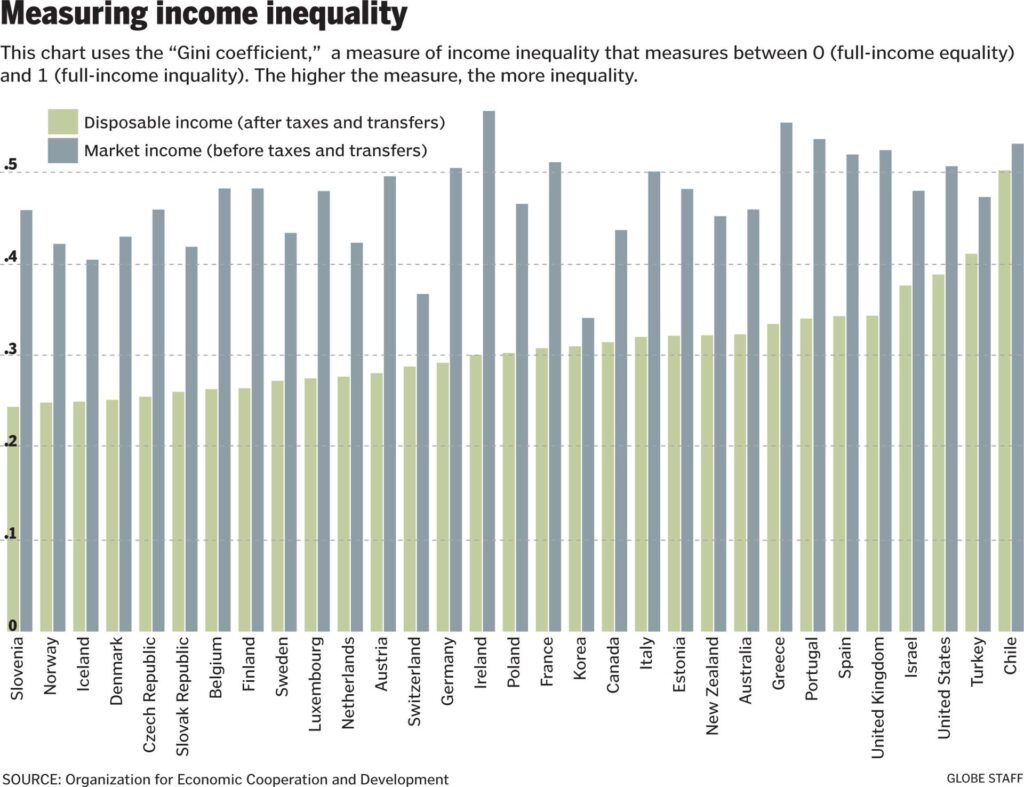Even as multiple people rightfully express concerns over the federal tax bill, we should not lose sight of one of the major pillars of homeownership; Fannie Mae and Freddie Mac. The government-sponsored enterprises (GSEs) exist to make the promise of homeownership attainable for individuals of low- and moderate means.
For many people, the dream of homeownership is only attainable through federal guarantees, or loans insured by the federal government. The federal backing provided by the GSEs ensures banks will be paid if the borrower defaults on their loan. This guarantee is critical for the borrower and the lender, as it protects them both.
Without this critical guarantee, many banks would be unwilling to finance home loans, making the promise of the American dream elusive for hardworking families.
As successful as this program has been, it is now in trouble. However, to understand the present, one must consider the past.
At the height of the 2008 housing crisis, the federal government took control of Fannie Mae and Freddie Mac. The decision to take control of the GSEs was a protective one. The federal government wanted to ensure the GSEs would be around for the long term. Similar to the federal government takeover of General Motors, the conservatorship worked, and Fannie Mae and Freddie Mac returned to profitability.
Nearly 10 years into the government’s conservatorship, these agencies are now profitable. Even though the GSEs are performing well, the government still owns a significant percent of stock in the GSEs and continues to take dividends from its shares, rather than allowing them to capitalize. This puts the future of Fannie Mae and Freddie Mac in jeopardy.
The housing crisis of 2008 may be fading from our nation’s collective memory, but policymakers in Washington, D.C. shouldn’t resign to letting a critical piece of unfinished business — the future role of the Fannie Mae and Freddie Mac — stay unfinished.
Unfortunately, that’s the path we’re on. The House Financial Services Committee is considering HR 4560, the GSE Jumpstart Reauthorization Act of 2017.
Despite the fancy name, the bill may further erode Fannie Mae and Freddie Mac, again two key pillars supporting homeownership. The bill threatens to cut funding for the Housing Trust Fund should the Federal Housing Finance Agency retain quarterly earnings. The bill’s sponsor, Rep. Jeb Hensarling (R-Texas), wants the quarterly earnings returned to the U.S. Treasury, which would starve the GSEs of desperately needed funding. While returning the profits bolsters the federal government, it strips away money which Fannie and Freddie rely on to stay profitable.
If the Federal Housing Finance Agency goes under, borrowers as well as small, community banks are the ones who will suffer. At a time when many households already feel like the rug has been pulled from underneath them, starving the agency of resources is an especially low blow.
As a former state lawmaker who served at the height of the crisis and in the years of recovery shortly thereafter, I know firsthand how important home ownership is in communities across the country. Washington should set forth a comprehensive path for the mortgage lenders to continue to provide equal opportunity for all Americans.
As our nation’s leaders consider reforming our housing finance system, they should remember that expanding access to the American dream of homeownership should be the overarching policy objective. Fannie Mae and Freddie Mac, which package mortgages and incentivize banks to provide home loans in underserved or unserved communities, are vital players in the conversation. Their role should not be diminished.
Our elected officials should focus on comprehensive housing finance reform and a path out of the “temporary” conservatorship of Fannie and Freddie that has lasted for nearly 10 years. Without them, many families would not be able to own a home.

































